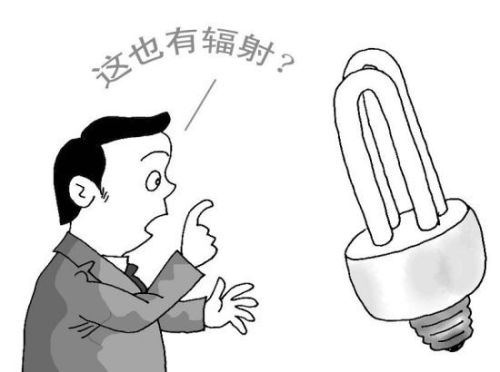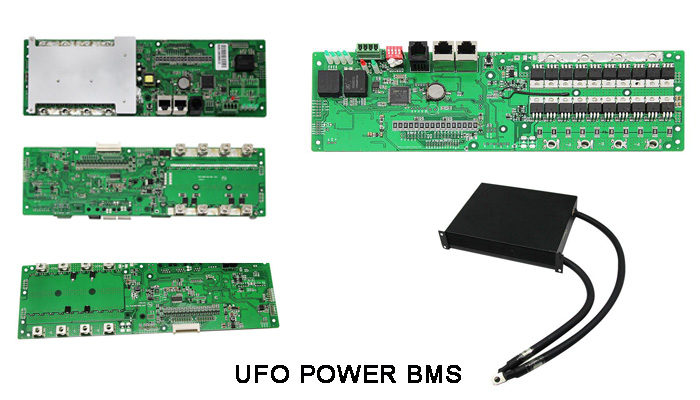Internet transmission energy-saving light bulb toxic ultraviolet is too high to damage skin cells
 Recently, users of the V-certified “New International†issued a microblogging comment that researchers at the University of Stony Brook in the US have detected the safety of energy-saving light bulbs and found that the level of ultraviolet radiation of energy-saving light bulbs is astonishingly high, which can easily cause human skin cells to be affected. damage. In addition, energy-saving light bulbs also contain a small amount of mercury, which is a toxic element and is believed to be related to nerve damage, birth defects, and other human health hazards. After the use of energy-saving lamps has been well-received, and after it has entered millions of households, a sudden news makes everyone "squeaked": Should we not use energy-saving lamps?
Recently, users of the V-certified “New International†issued a microblogging comment that researchers at the University of Stony Brook in the US have detected the safety of energy-saving light bulbs and found that the level of ultraviolet radiation of energy-saving light bulbs is astonishingly high, which can easily cause human skin cells to be affected. damage. In addition, energy-saving light bulbs also contain a small amount of mercury, which is a toxic element and is believed to be related to nerve damage, birth defects, and other human health hazards. After the use of energy-saving lamps has been well-received, and after it has entered millions of households, a sudden news makes everyone "squeaked": Should we not use energy-saving lamps? After the microblogging has been forwarded and diffused, some people have replied: "Back to the original best." There are also many users who are anxious: "No, just bought four, the price is not cheap. The four all-installed is still too bright, pick two, two also 16 watts, feel very economical, practical," “The lights that were purchased for this renovation are all LED.†Some netizens said that “the words of the experts cannot be heardâ€. This makes the people who have been using energy-saving lamps at home worry. “What to do, believe that foreign experts, or Turn a blind eye?†Some netizens expressed doubts: “This is not possible. Mercury will not leak out. Mercury is still on the thermometer.†“Also ask the authority to come out and say to everyone, take care of it. â€
“Energy-saving light bulbs are not a big problem.†The person in charge of the New Technology Promotion Section of the Energy Conservation Center in Wuxi City said that the energy-saving lamps are certified by the state and are being vigorously promoted. Before the promotion, they must have done rigorous testing. If there is a problem, It must have been discovered long ago. He speculates that this kind of statement appears on the Internet, may be the micro-blog people's views on American experts "out of context", or the understanding of the author is biased. Energy-saving light bulbs do contain a small amount of mercury, but the mercury is sealed in a glass enclosure and will not leak out of direct contact with the human body. “There is also mercury in thermometers that have not been heard to cause any harm.†With respect to ultraviolet radiation, he It is even more unreasonable to believe that there is also UV radiation in the sunlight. The proper amount of UV radiation can play a bactericidal effect, not a bad thing.
Scientists do mention in the article that energy-saving light bulbs are potentially harmful to human skin tissue cells, but only if the skin is exposed directly under light bulbs for long periods of time. Now that energy-saving lamps have become the necessities of life for millions of households, there is already a layer of glass outside the bulbs. For this reason, scientists at the University of Stony Brook in the United States have given suggestions that they are “farther away†and “giving more light bulbs. A layer of glass cover, this is the safest."
As a rechargeable battery, the requirements are: high capacity, high output voltage, good charge and discharge cycle performance, stable output voltage, high current charge and discharge, electrochemical stability, safety in use (not due to overcharge, over discharge and short circuit Burning or explosion caused by improper operation), wide operating temperature range, non-toxic or less toxic, and non-polluting to the environment. Lithium iron phosphate batteries using LiFePO4 as the positive electrode are good in these performance requirements.
Multiple BMS Function
- Over discharge protection
- Over current protection
- Temperature protection
- Short circuit protection
- Charging balance function
- Cell capacity estimation function
What is a UFO BMS equipped with?
- LED Indicators
- Memory Function
- Dry Contact Function (optional)
- LCD Display Function (optional)
- Total Capacity Function: Total discharge capacity Ah and total discharge energy Wh

The Function of Communication Interface
â— RS232 Communication InterfaceBMS can communicate with the host computer through the RS232 interface, so as to monitor the battery information at the upper computer terminal, including battery voltage, current, temperature, state, SOC, SOH and battery production information, etc.
â— RS485 Communication Interface
With RS485 interface, when the LiFePO4 Battery Pack is used in parallel, the main battery pack communicates with the slave battery ack through RS485 communication interface,so all the battery pack information can be viewed through the RS232 on the main Pack.
Standard BMS,Backup Power System,Base Station Battery,Solar Battery Systems
ShenZhen UFO Power Technology Co., Ltd. , https://www.ufobattery.com